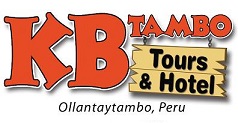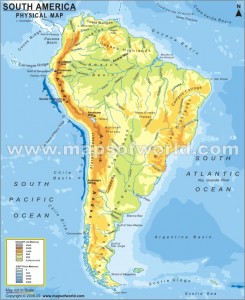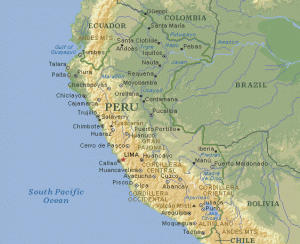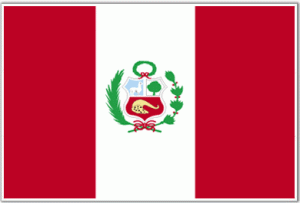Peru Info
Facts About Peru
The Andes have more people living in them than any other mountain range in the world. The highest home in the world is a shepherd’s hut in the Andes at 17,000 feet.
Peru has the world’s highest navigable body of water. Lake Titicaca is 3,800 meters above sea level.
Peru is home to the origin of the world’s longest river – the Amazon.
Peru is home to the world’s longest mountain range, the Andes.
Due to these goegraphical factors Peru is one of the most biodiverse nations in the world, with over 21,500 known species of animals and plants.
Despite all this, Peru is relatively unpopulated at only around 30 million residents.
Peru is considered to be the archeological capital of South America. The Lost City of the Incas, called Machu Picchu, is located in the Andes Mountains. It is called lost because the Incas abandoned it and the city remained unknown to explorers for several centuries.
The first inhabitants of Peru are believed to be coastal civilizations that currently can be traced back to about 9,000 years ago.
The main staples in the Peruvian diet include rice, beans, fish, and a variety of tropical fruits. Many families in Peru live on the equivalent of $1.00 a day, so food is scarce for many in Peru.
Peru was part of the Incan Empire until the Spanish conquest; officially declared Peru to be a territory of Spain in 1529, however the conquest of the Incas did not occur until 1532 and struggle for actual control continued for years afterward. Peru was officially liberated and claimed from the Spanish on July 28, 1821. Today, Peru is a democratic society with an elected president (Ollanta Humala elected after a run-off in 2011).
According to legend, General Jose de San Martin saw a great number of flamingos when he arrived in Peru in 1820. Taking this as a good omen, he decided that white and red should be the colors of the Peruvian Legion that he founded to liberate Peru. The white represents peace, dignity, and progress. The red symbolizes war and courage. In the state flag the arms show symbols of the animal kingdom, vegetable kingdom, and mineral kingdom. The laurel wreath above the shield is a symbol of the republic. The palm and laurel wreath around the shield is a symbol of peace and the will to defend the country.
Interestingly, the red and white colors of the Peruvian flag are the reason Coca Cola uses the same colors for it’s brand, as Peruvian coca leaf extract was used in the original recipe.



